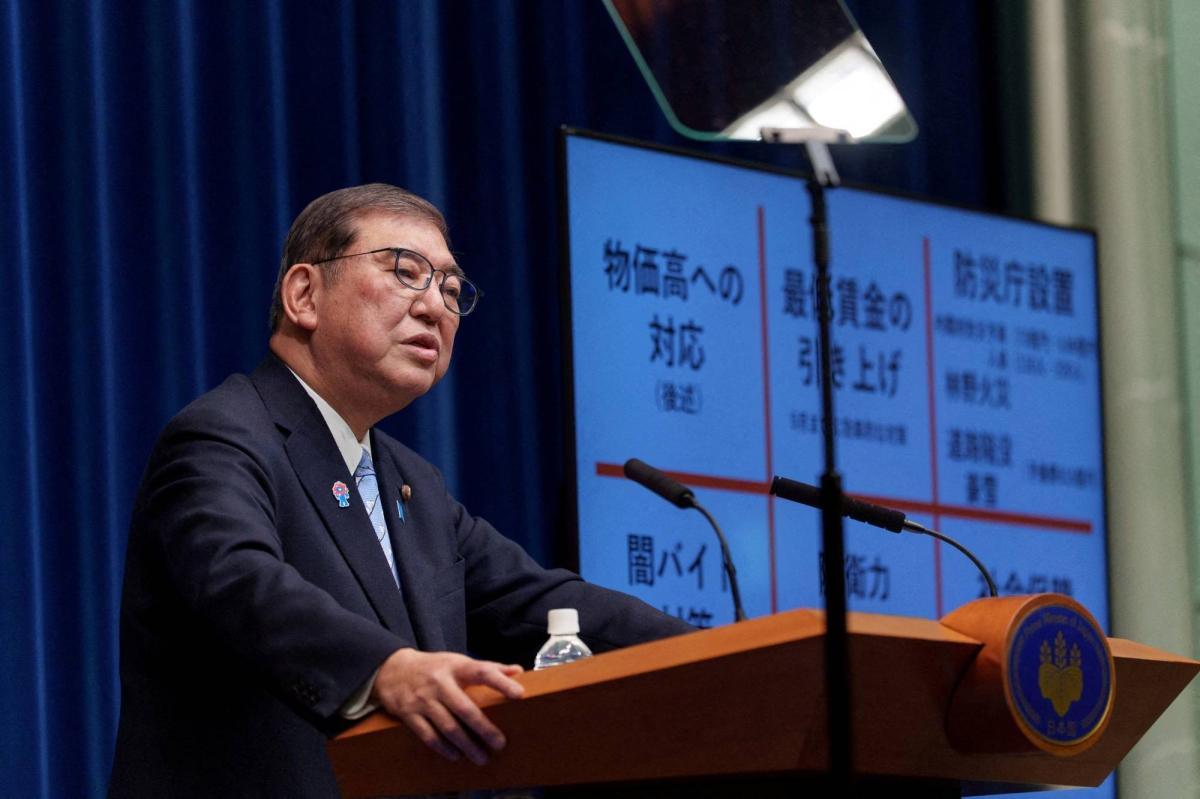Physical Address
304 North Cardinal St.
Dorchester Center, MA 02124
Physical Address
304 North Cardinal St.
Dorchester Center, MA 02124

Today, President Donald Trump made headlines with a bold claim: “Big progress” in U.S.–Japan tariff talks.
The meeting, held in Washington, D.C., brought together Japan’s Economic Revitalization Minister Ryosei Akazawa, U.S. Treasury Secretary Scott Bessent, and Commerce Secretary Howard Lutnick. While no deal was finalized, the tone shifted. Trump’s personal involvement signals these talks are a top priority.
Takeaway: No deal yet—but the pressure’s on, and the clock is ticking.

Japan is currently facing:
These tariffs hit Japan’s auto sector hard, which makes up 28% of its U.S. exports and 3% of its GDP.
Japan’s strategy? Avoid a drawn-out trade war. Potential offers include increased U.S. agricultural imports or investment in American energy projects—like Alaska’s LNG.
Takeaway: Japan wants relief, but it’s not caving easily.
This isn’t just about economics.
Trump is pushing Japan to cover more of the costs for U.S. troops stationed there. With the largest overseas U.S. military presence, Japan’s role is both economic and strategic.
Japanese Prime Minister Shigeru Ishiba has acknowledged Trump’s “logic and emotional elements” but remains firm: No major concessions under pressure.
Takeaway: These talks blur the line between trade policy and defense strategy.

Over 75 countries are waiting in line to negotiate tariff relief.
Japan’s position as a first mover sets a tone:
Takeaway: Japan is the test case. Everyone else is watching.
Japan’s Nikkei stock index dropped 2.77% after Trump’s tariffs were announced. Prolonged negotiations could hurt more.
Meanwhile, Federal Reserve Chair Jerome Powell has warned that tariffs may fuel inflation—globally and domestically.
Takeaway: The faster this wraps up, the better for markets.

If Japan offers:
…it could serve as a template for others. But Trump has rejected “insufficient” deals before—like Vietnam’s zero-tariff offer.
That signals a high bar for all future negotiations.
Takeaway: No country should expect easy wins.
The U.S.–Japan tariff talks aren’t just about one deal. They’re about whether Trump’s aggressive trade playbook can bring allies to the table—without breaking them.
Watch Japan. The next moves will shape global trade for years.
Daily News. No B.S. No Fluff. Just What You Need to Know.